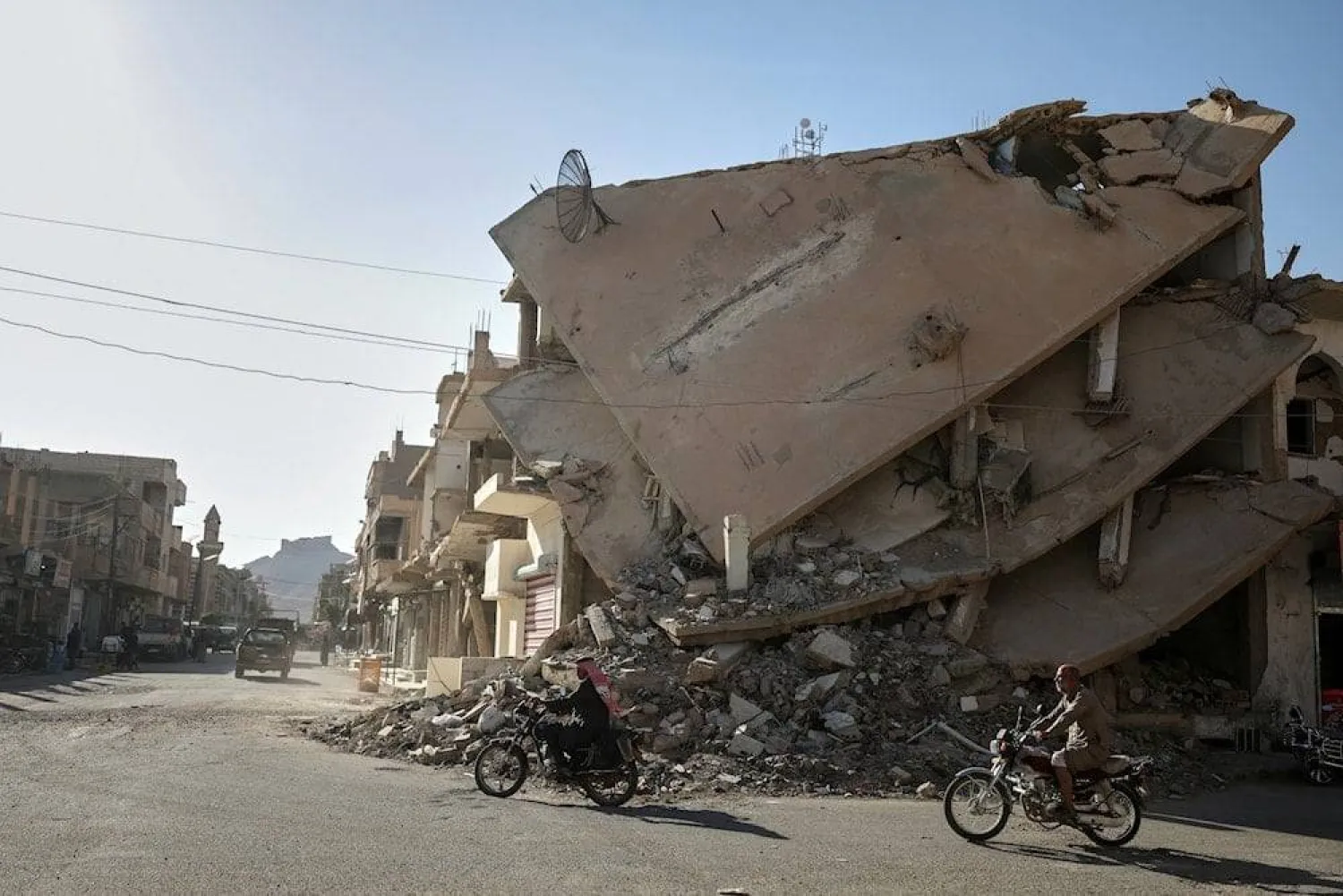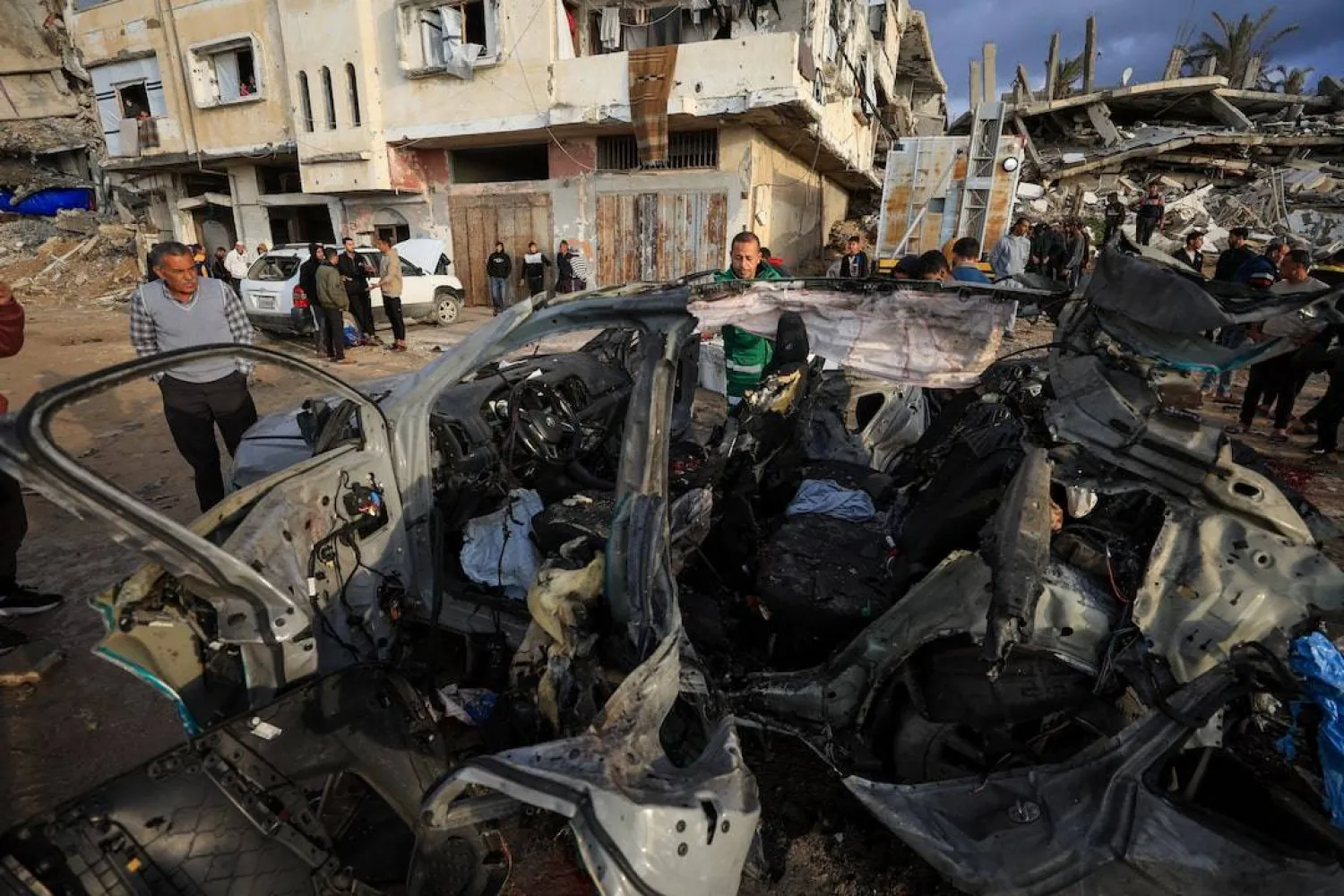For weeks, ISIS has managed to escalate its attacks against Syrian regime forces and their allies in the Syrian Badia, largely suggesting that the terror group has succeeded in reorganizing its ranks in the vast desert region.
This resurgence comes less than two years after ISIS suffering a crushing defeat in the town of Baghouz, which was the organization’s final stronghold on the banks of the Euphrates river in the Deir Ezzor countryside in eastern Syria.
In addition to the terror group’s hit-and-run attacks against pro-regime forces in the Badia, ISIS fighters have also been active in areas extending from the east of the Euphrates river to Iraqi borders.
These areas are controlled by the US-backed Syrian Democratic Forces which had driven ISIS out of Baghouz in 2019.
Tough to secure, long stretches of desert in the Syrian Badia have proven an ideal environment for ISIS to keep cover and regroup. Isolated villages and convoys traveling the desert have become popular targets for ISIS terrorists.
Since 2017, forces of the Syrian President Bashar al-Assad, significantly backed by Russia and Iran, succeeded in retaking all strategic towns in the Badia, but effectively failed to control the whole desert region, which makes up almost half of Syria’s total geographic area.
Simply put, regime forces did not have enough troops to chase down ISIS militants across such a massive terrain.
The terror organization’s fighters were openly operating in the south, starting from the extremely rugged desert of Sweida, through the countryside of Damascus, Homs, and Deir Ezzor, in the east, reaching Raqqa and Hama in central Syria.
Regime forces, most likely, decided that ISIS had isolated itself in the desert and no longer posed an existential threat. In their assessment, confronting the terrorist group could come at a later time.
Consequently, regime forces shifted their attention towards remaining opposition strongholds.
They went on to mount a widespread military campaign that targeted the northwestern Idlib province and saw regime forces seize vital areas that were formerly held by opposition factions.
A research paper published by Chatham House in 2019 stated that ISIS dens in the Syrian Badia are mainly concentrated in three regions made up of tough mountainous terrain that is perfect for establishing hideouts.









